Wildlife Gardening: Create A Refuge For Birds, Bees, And Other Creatures
Attract an assortment of wildlife with a low-maintenance haven they can call home. These tips will help you get your wildlife garden started!
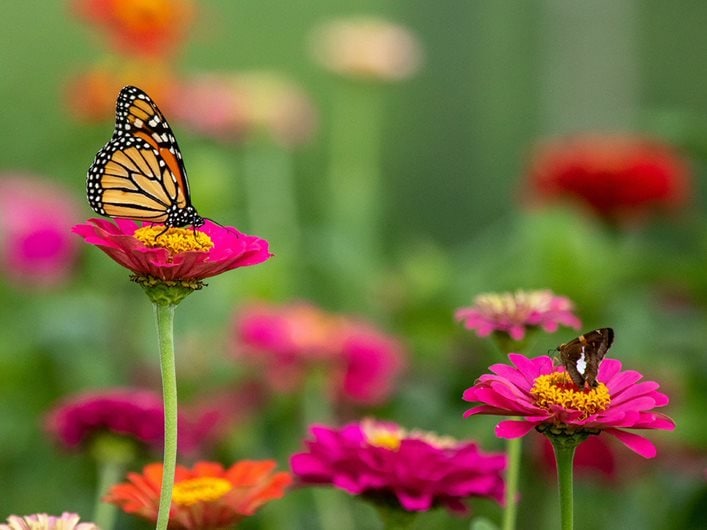
The best wildlife gardens offer animals such as butterflies, bees, bats, birds, and amphibians a sense of security, a safe place to take shelter, birth and raise their young, and feed. It sounds like a lot to provide, but it’s easy to do! Our tips will help you create a low-maintenance haven for your wildlife visitors you can enjoy for years to come.
1. Decide Who You’d Like To Invite
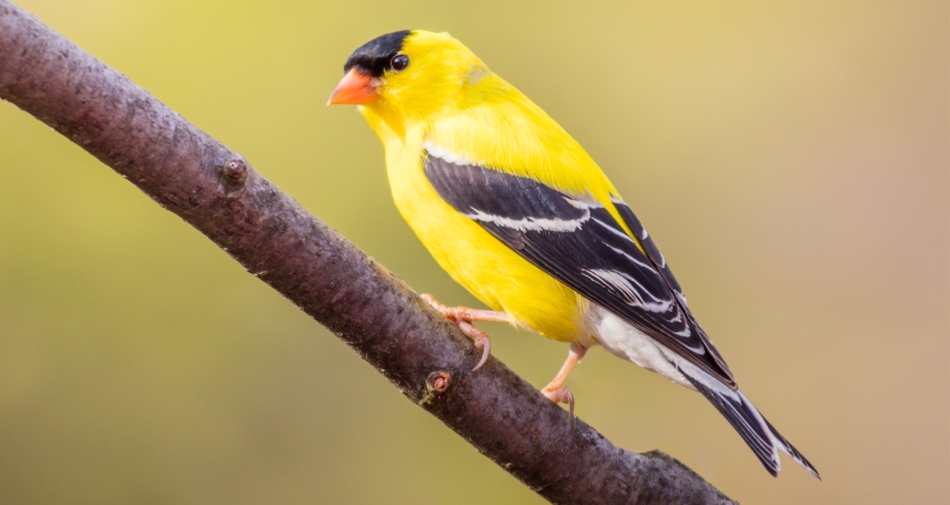
Before you get started planning (and planting) your wildlife garden, you’ll need to decide which types of wildlife you’d like to bring to your landscape. Do you want to welcome them all, or just a certain type of songbird, for example? As every animal has different needs, the plant selections and the design you choose will reflect your decision.
What To Plant To Attract Hummingbirds
Invite These Songbirds To Your Yard
2. Plant in Layers
Think of how a forest looks. Near the ground, you’ll find the groundcovers: small perennial fruits and flowers, and sometimes creeping vines. Shrubs are the next layer, then small trees. Large trees tower over everything. For wildlife to feel comfortable and make your garden a source of food and a place to live and reproduce, you’ll need to mimic these layers.
3. Design An All-Season Garden
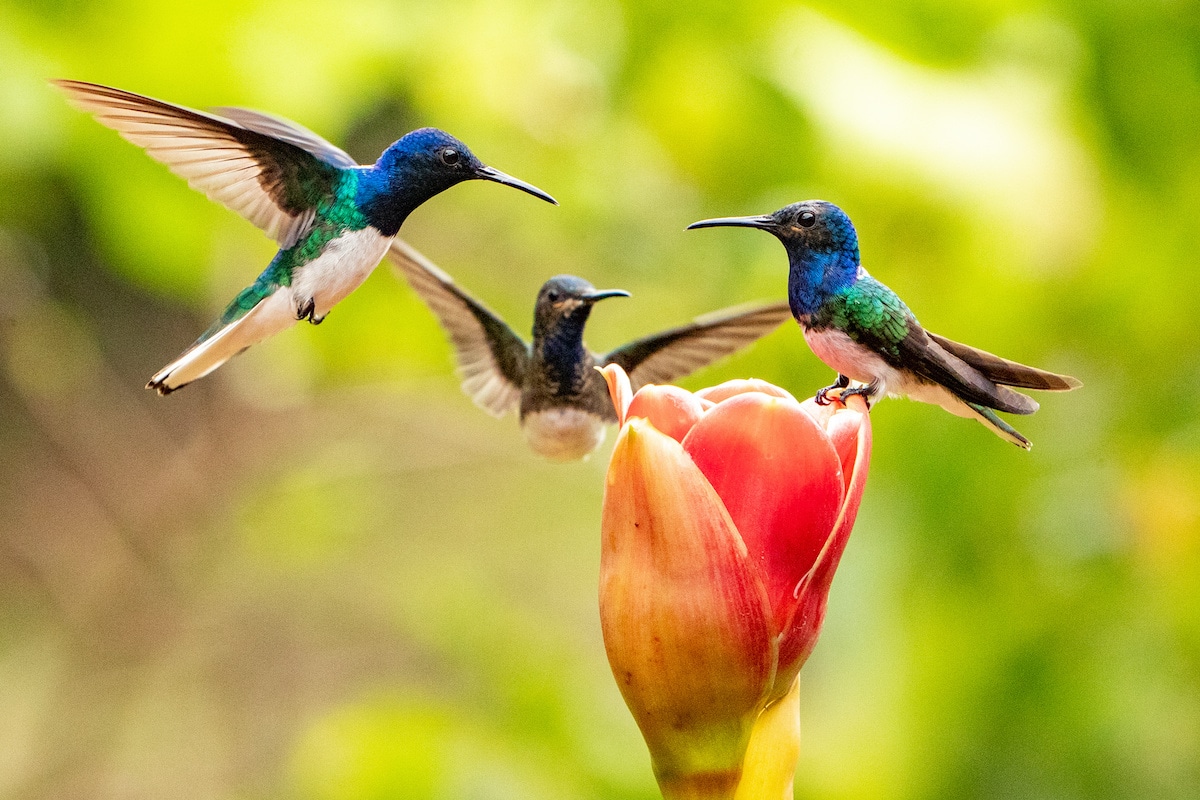
This may not seem as important in cool climates, where insects and some other types of animals are not active in the winter, but there are many bird species that will benefit from the persistent seeds and berries left on shrubs, grasses, and herbaceous perennial flowers. Be sure to plant a wide range of plants that bloom, produce fruit, and provide cover through all seasons.
4. Keep Your Lawn to a Minimum
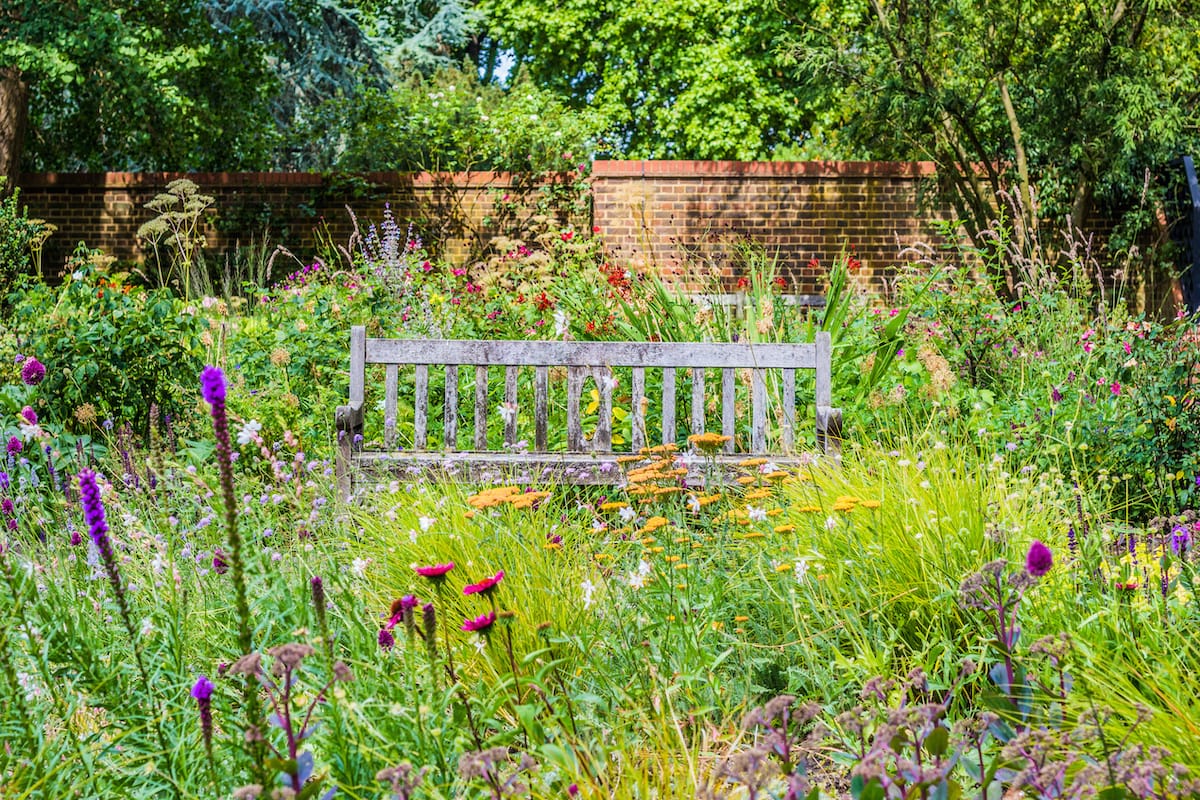
For many gardeners, it is appealing to maintain a carefully-mowed lawn near their homes and driveways. While turfgrass isn’t diverse enough to be wildlife-friendly, it can still have its place, so if you need a manicured lawn, all is not lost. Bear in mind, however, that wildlife gardens are pesticide-free—this may impact your decision to maintain a lawn, unless it is grown using organic methods. You can keep a small area “overgrown.” Wildlife garden spaces can fill a portion or all the rest of the existing land.
5. Use Native Plants Whenever Possible
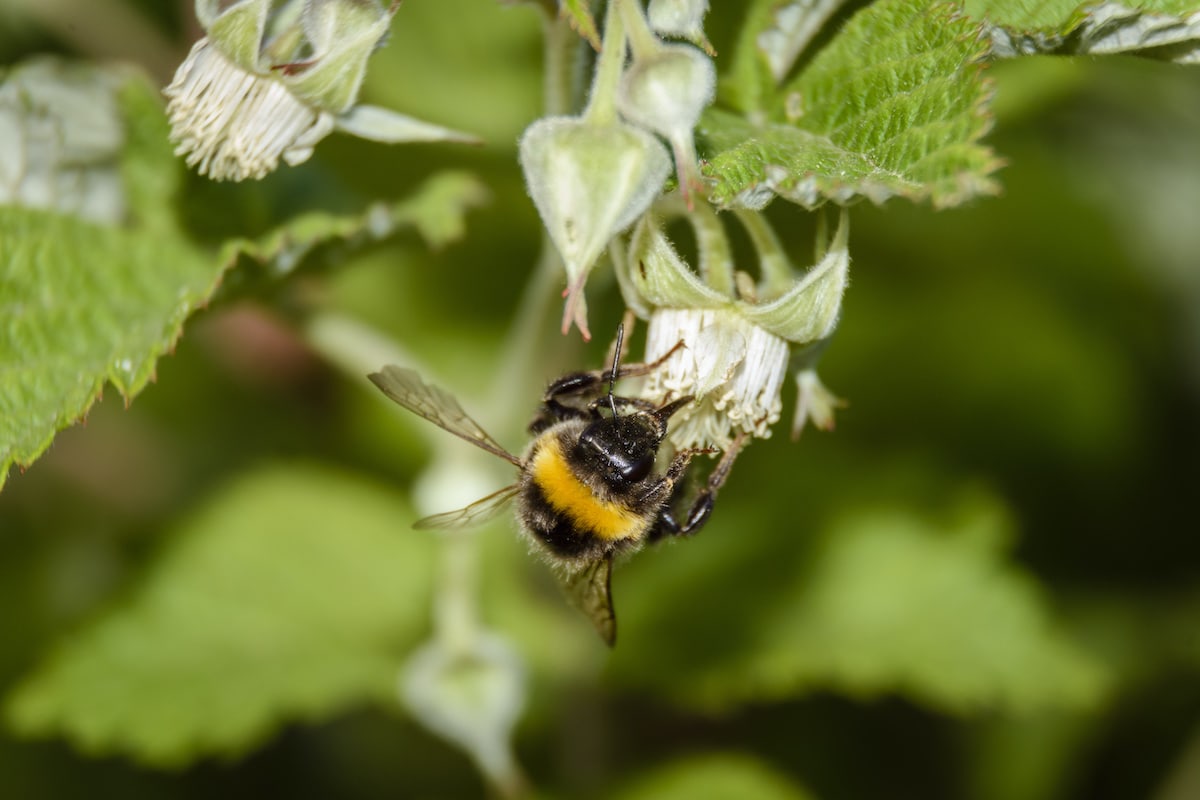
Grow what is best for your particular region. To do this, it is best to source seed and plants from your own geographical area. What is native in one part of the United States isn’t necessarily in another. Climate will also play a huge role in your choices.
A diverse selection of plant species is the key to success with wildlife gardens. Some wildlife-friendly plants to consider for your garden are:
- Raspberry
- Blueberry
- Elderberry
- Dogwood
- Viburnum
- Snowberry
- Buckeye
- Hazel
- Hickory
- Oregon grape
- Little bluestem grass
- Columbine
- Anise hyssop
- Four o’clock
- Phlox
- Borage
- Oregano
Don’t forget that even if you live in the city, you can grow plants in containers to attract bees, butterflies, and birds.
6. Have a Source of Water Ready
Even shallow dishes containing a few smooth stones in the middle for butterflies and bees to land on are helpful if there aren’t any ponds nearby. Birdbaths are special treats for your feathered friends – and it is fun to watch them use them!
7. Add a Few Special Touches
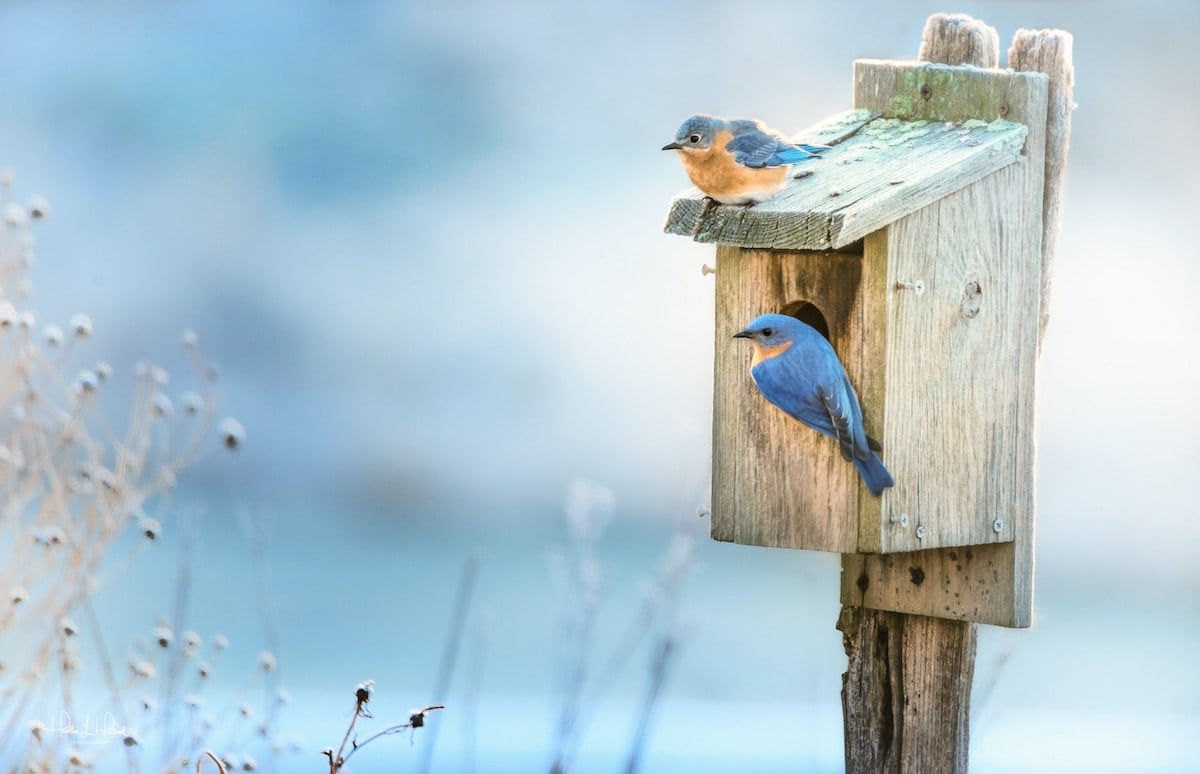
Nesting boxes for birds that are cavity nesters (birds that use holes in trees) such as woodpeckers, owls, chickadees, and nuthatches, are very welcome. Bat houses for bats to take shelter in during the day are easy to construct and valuable to the winged mammals.
8. Check Local Ordinances
Before siting your wildlife garden, ensure there are no ordinances in your community regarding this style of garden. Wildlife garden landscapes are largely unmaintained, left to the natural processes of weather and time (although a bit of tidying and pruning should be performed when required). That may be frowned upon by both your neighbors and the lawmakers in your community. Inquire before you start work to save grief later.
Over time, your wildlife garden will mature and become even more of a haven to the animals who call it home. With suitable plant selections and proper siting, a wildlife garden is a low-maintenance landscape that will be sustainable long in to the future. Enjoy the animal encounters you will share!
Sheryl Normandeau
Sheryl Normandeau, BA, is a Master Gardener and writer from Calgary, Alberta, Canada. Her articles and short stories have appeared in several international publications. She is the co-author (with Janet Melrose) of the Guides for the Prairie Gardener series.

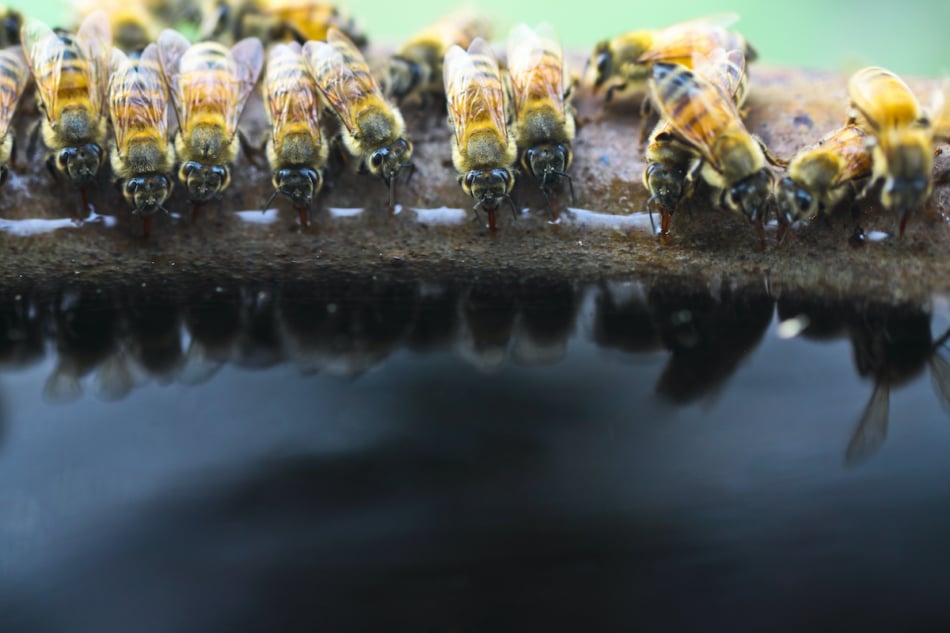
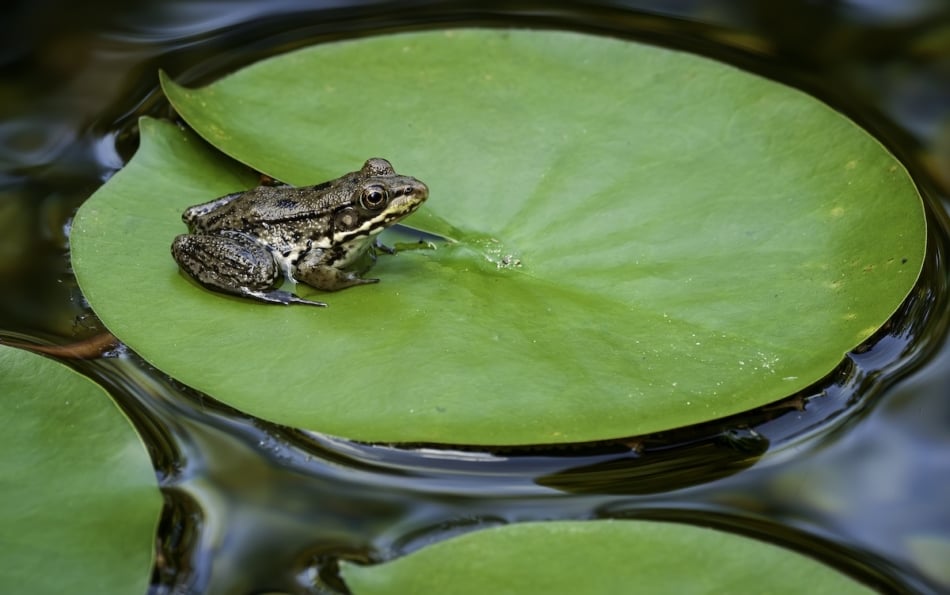
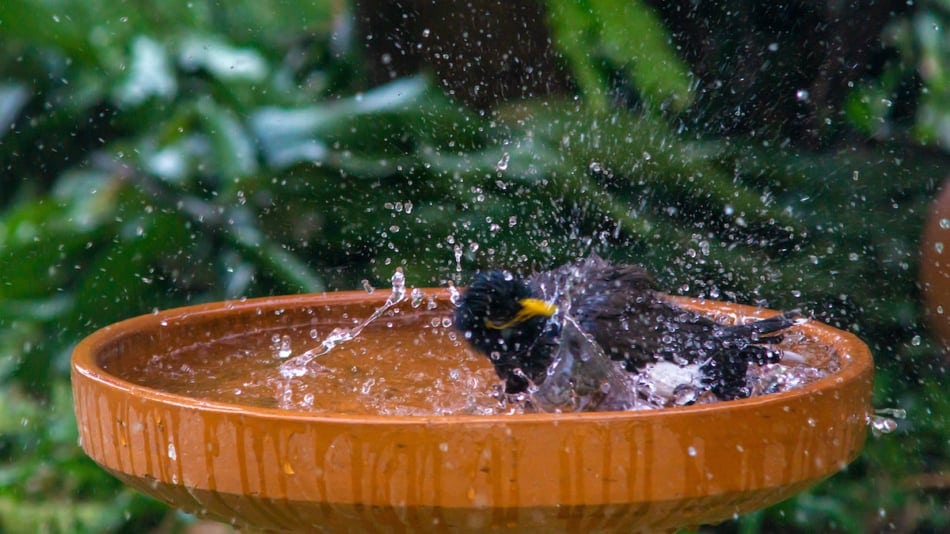
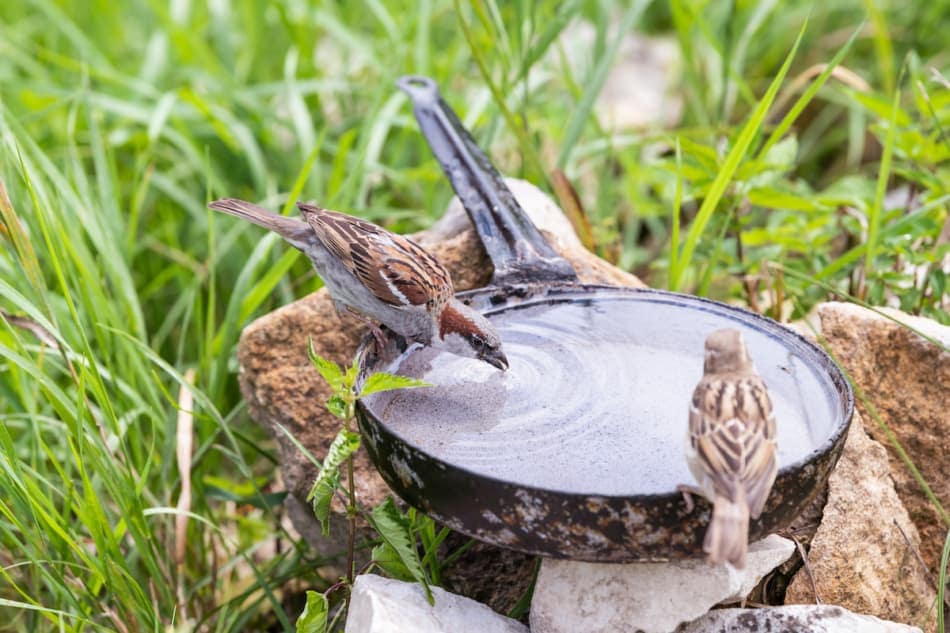

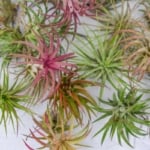
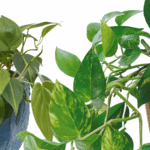
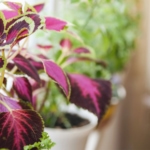
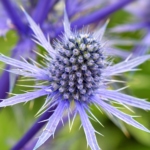
Could not agree more! I’ve told people the worse enemy to wildlife is the riding lawnmower! Back in the day when most people only had push mowers, they kept the yard directly around their home mowed, but the area farther out generally was allowed to grow up enough for plant and flowers to flourish and mature. These days, thanks to the ease of the riding lawn mowers, seems everybody’s property is kept like a golf course. I’ve been guilty of the same thing for many years, Last few years I’ve bought and planted wildflowers, this year for the first time I have bought clover seed. I think most everyone loves wildlife, well wildlife needs something to eat. Hopefully, people will start using their head, and quit mowing everything down to the ground.
Thank you for sharing this. We love a bio-diverse yard too!